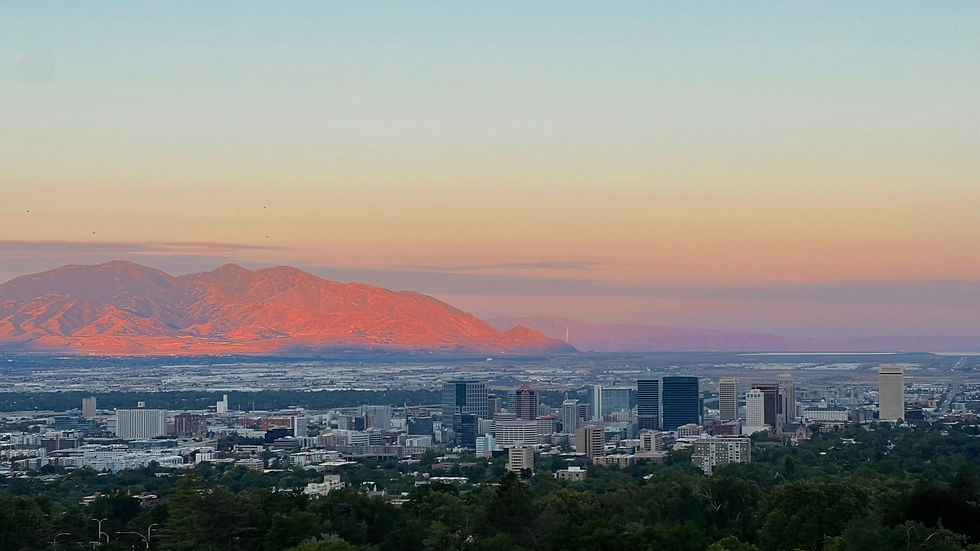Disaster Cleanup and Restoration in Salt Lake City: What You Need to Know
- Shelby Hoffman
- Sep 13, 2023
- 2 min read

Salt Lake City, with its stunning landscapes and thriving communities, is not immune to disasters. Whether it's a sudden flood, a destructive fire, or a severe storm, the aftermath can be overwhelming. In these challenging times, understanding disaster cleanup and restoration services is crucial. This blog will guide you through the process and provide tips for preventing future disasters.
Understanding Disaster Cleanup
Types of Disasters
Salt Lake City experiences various types of disasters, from flash floods in the summer to winter storms. Each can wreak havoc on homes and properties, making it vital to know how to respond effectively.
Immediate Response
The first hours after a disaster are critical. Ensure your safety and that of your loved ones. Contact professionals who specialize in disaster cleanup and restoration immediately to assess the situation and start the recovery process.
The Restoration Process
Assessment and Documentation
Upon arrival, experts will assess the extent of the damage. It's essential to document everything thoroughly for insurance claims. Take pictures and notes to provide evidence of the disaster's impact.
Cleanup and Decontamination
Depending on the disaster type, cleanup might involve water removal, debris disposal, and decontamination to ensure a safe living environment.
Depending on the disaster, debris removal is often one of the first steps. This includes clearing away damaged structures, fallen trees, and other debris that may pose safety risks.
In the case of floods or water-related disasters, water extraction is essential to prevent further damage. Specialized equipment is used to remove standing water from homes and buildings.
After water extraction, thorough decontamination is crucial, especially in the case of floods or sewage backups. This step ensures that the environment is safe and free from harmful pathogens or contaminants.
All affected areas are cleaned and sanitized to prevent mold growth, odors, and further deterioration.
This may involve cleaning and disinfecting surfaces, HVAC systems, and personal belongings.
Repairs and Restoration
After cleanup, the focus shifts to rebuilding and restoring your home. This includes repairing structural damage, replacing damaged materials, and ensuring the property is safe and habitable once again.
Preventing Future Disasters
Home Inspection
Regular home inspections can identify vulnerabilities that could worsen during a disaster. Consider hiring professionals in Salt Lake City to assess your home's safety.
Emergency Preparedness
Create an emergency preparedness plan for your family. This should include communication protocols, evacuation routes, and assembling an emergency kit with essentials like food, water, and first-aid supplies.
Insurance Coverage
Ensure your homeowner's insurance adequately covers disaster-related damages. Review your policy, and if necessary, consider additional coverage for disasters.
Conclusion:
Disasters are unpredictable and can be devastating, but with the right knowledge and preparation, you can navigate the aftermath more effectively. Remember that immediate response, proper documentation, and professional assistance are key in disaster cleanup and restoration. By taking steps to prevent future disasters and having the right insurance coverage, you can better protect your home and loved ones.
For Salt Lake City disaster cleanup and restoration services, contact us at Modern Utah Landscape. We're here to support our community in times of need.

Comments